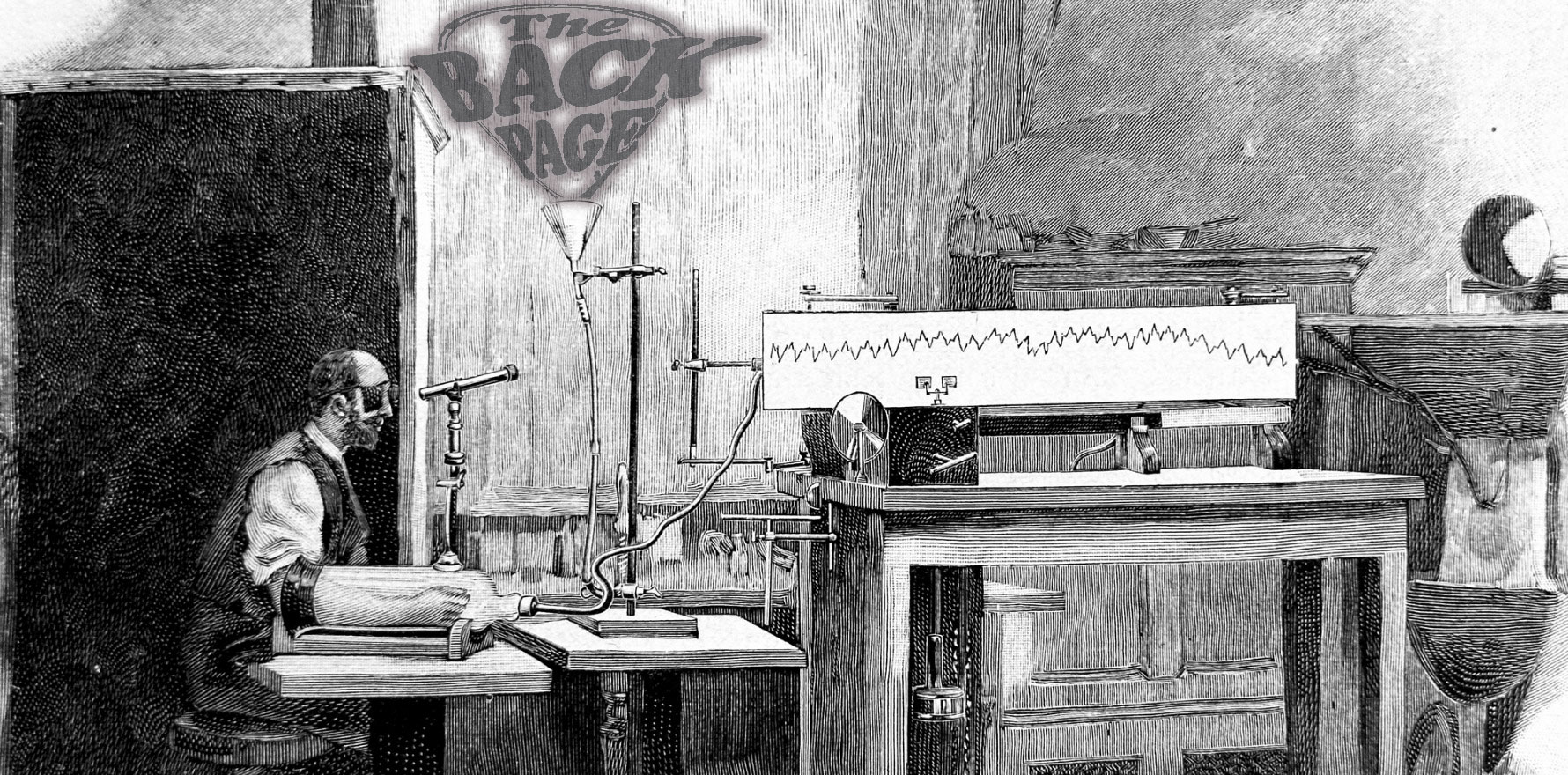Seems it can, and we're not pulling your leg.
You put your left arm in (the blood pressure cuff), you put your left arm out, you put your left arm in – please don’t shake it all about.
You don’t have to be a doctor to know that hypertension, or high blood pressure, is a leading cause of and contributor to all kinds of nasty types of disease, particularly in the cardiovascular space.
Accurate readings are therefore important, since overestimating someone’s risk of being hypertensive can lead to unnecessary pharmacological treatment, but underestimating someone’s blood pressure may be deadly.
Your contributors here at The Medical Republic have previously written about how the wrong-sized cuff can wreak havoc with blood pressure readings and how we might be measuring blood pressure wrong altogether.
But now a new American study, published in JAMA Internal Medicine, has thrown another cat among the hypertensive pigeons, reporting that commonly used – but clinically incorrect – arm positions used during blood pressure recordings result in “substantial overestimation” of BP.
“The latest clinical practice guidelines emphasise several key steps for accurate measurement, including appropriate cuff size selection, back support, feet flat on the floor with legs uncrossed and appropriate arm position (i.e., midcuff positioned at heart level with [the] arm supported on a desk or table),” the authors write.
“Despite these recommendations, proper arm position is commonly overlooked in daily practice… [such as] with patients seated on an examination table without any arm support… or supported by health care professionals holding the patient’s arm.”
Despite previous studies showing that improper arm position affected the accuracy of blood pressure readings, earlier studies were either too small or were not thorough enough to confidently claim how inaccurate the readings were.
Researchers from the esteemed John Hopkins School of Medicine in the US have now undertaken a thorough investigation of the effect of arm position on blood pressure readings, recruiting 133 patients to take part in a crossover randomised trial.
Participants had their blood pressure measured in triplicate by an automated cuff in three different conditions: with the arm resting on the doctor’s desk (where it should be), with their hand sitting in their lap and their arm dangling loosely by their side. The order in which participants positions their arms was randomised, but a second reading with the arm in the recommended position was also taken to account for any potential intrinsic variation in blood pressure.
The difference in blood pressure readings between the reference position (arm on the desk) and the two other arm positions was compared to difference in the two sets of readings with the arm supported by the desk.
The average systolic and diastolic BP for the arm-on-the-desk conditions was 126/74 mmHg, slightly lower than the 130/78 mmHg and 138/78 mmHg for the arm-in-the-lap and arm-by-the-side conditions.
Comparing the differences in differences revealed the arm-by-the-side position resulted in the largest discrepancy in blood pressure from the arm-on-the-table position, with a mean change in SBP of 6.5mmHg and a mean change in DBP of 4.4mmHg.
The arm-in-the-lap position fared slightly better, but still wasn’t great, resulting in a mean difference of 3.9 and 4.0mmHg for SBP and DBP respectively.
“BP readings in either position were sufficiently high enough to raise concerns for overdiagnosis and overtreatment,” the researchers concluded.
The researchers identified multiple physiological mechanisms that could potentially explain the variation in blood pressure readings based on where the arm was sitting.
One potential explanation was the difference in height between the heart and the cuff, as having the cuff below heart level can increase hydrostatic pressure in the brachial artery, which has a flow-on effect for blood pressure.
“Additionally, with these lower arm positions, there is decreased venous return and compensatory vasoconstriction leading to an increase in vascular resistance and an increase in BP,” the authors write.
“Moreover, an unsupported arm can lead to muscle contraction, which may cause transient increases in BP.
“Thus, these arm positions should not be used, even in the setting of limited and or resources.
“Proper arm position may be even more important for individuals at higher risk of cardiovascular disease, particularly those with hypertensive SBP.”
Hope this helps make your next patient’s BP reading a little less hokey.
Send dance moves and story tips to penny@medicalrepublic.com.au.


